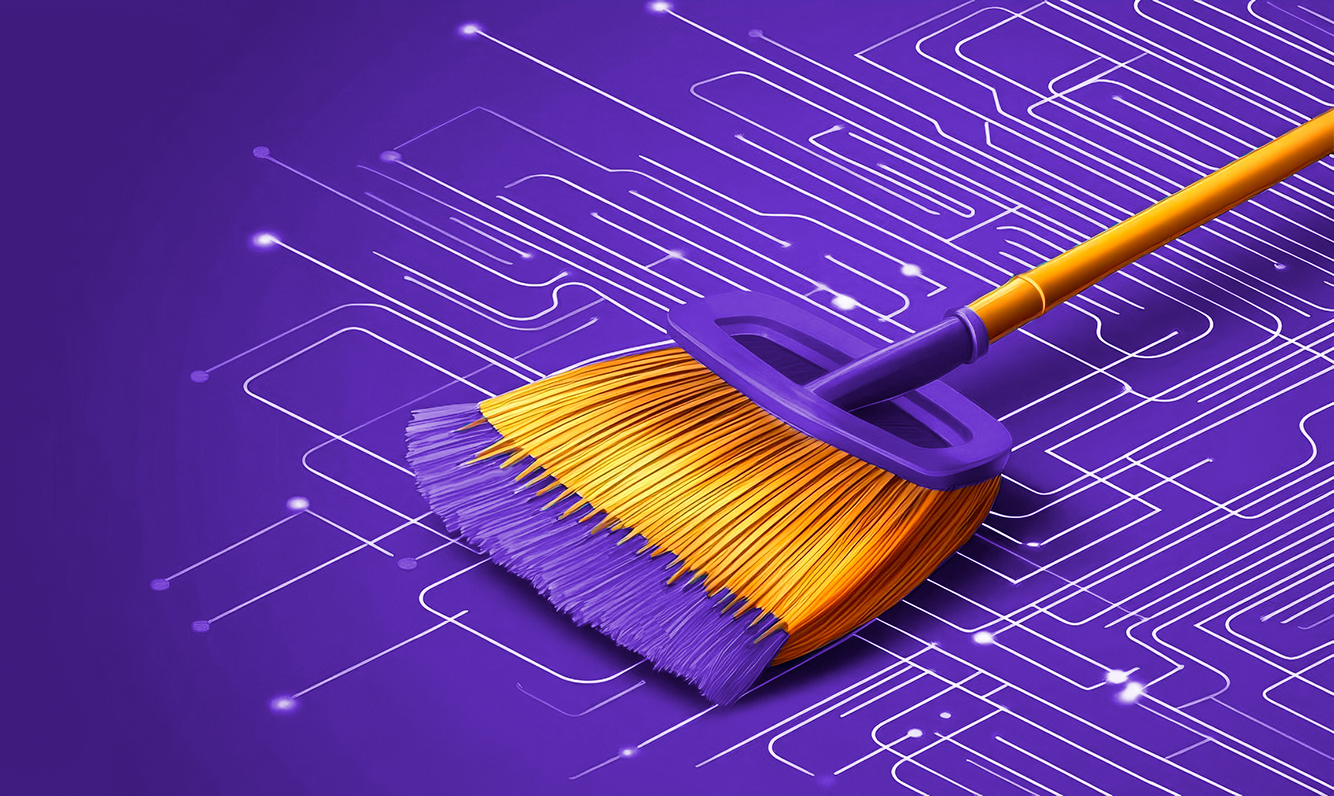The Illusion of Progress: Why Prioritization Alone Won't Make Us Safer
 Rosie Cunningham
Rosie Cunningham
TL;DR
The application security industry began with vulnerability discovery, but now focuses heavily on prioritization. Is that really the best strategy? Rather than getting stuck ranking vulnerabilities, organizations should embrace an all-in mindset for security. In other words, stop sweeping security issues under the rug and just fix it. With our automated product security engineer, you can do this at scale.
We all have a finite amount of time and energy, so we naturally prioritize to focus on what matters most. We see a similar approach in application security. Most organizations rely on a small team of security engineers to support a large contingent of software developers, quickly becoming overwhelmed by the sheer volume of vulnerabilities. To cope, teams often adopt creative prioritization strategies, but this raises an important question: is prioritization alone enough?
The Illusion of Progress Through Prioritization
Prioritization gives teams a sense of control. By ranking vulnerabilities, teams feel they're effectively managing risk. But prioritization without remediation can become just another form of procrastination, creating an illusion of progress. For example, security teams that only prioritize critical vulnerabilities without addressing lower priority issues can inadvertently leave their organization exposed. After all, attackers only need to be right once.
Many organizations are falling into the trap and are looking at prioritization as a more sustainable solution for managing vulnerabilities and genuinely improving their security posture. Here’s why remediation deserves top billing in your program, and how it can be done at scale.
How We Got Here
The industry's approach to application security has evolved significantly over the last two decades, as broadly documented by industry groups like OWASP:
Early 2000s: The Manual Era
In the early stages, manual code reviews and penetration tests were the norm, guided by resources like the OWASP Testing Guide. While thorough, these methods were resource-intensive and challenging to scale across larger codebases.
Mid-2000s to Early 2010s: Rise of Automated Scanners
This era marked a significant shift toward automated scanning tools, increasing the scope and speed of security assessments but also introducing widespread alert fatigue, as teams struggled to address the volume of findings effectively.
Early 2010s to Present: Prioritization Becomes Commonplace
As scanning tools became ubiquitous and generated massive amounts of findings, prioritization strategies became essential. Frameworks like the OWASP Top Ten were introduced as early as 2003, but saw widespread adoption and influence increase significantly during the 2010s as prioritization strategies became essential. Despite improved prioritization, the problem of accumulating security debt persisted, prompting renewed discussions about the limitations of prioritization alone.
The overarching challenge is clear: prioritization manages vulnerabilities but doesn't eliminate them. Organizations increasingly realize this and are exploring approaches focused on remediation.
The Real Limits of Prioritization
While prioritization helps teams manage workloads, it has clear limitations:
Persistent Security Debt: Lower priority vulnerabilities accumulate over time, making the backlog increasingly difficult to handle.
Compliance Expectations: Regulators increasingly require comprehensive vulnerability management rather than selective prioritization. GDPR and PCI DSS explicitly penalize organizations for known but unresolved vulnerabilities.
Lower Priority Still Means Risk: Organizations face tangible risks when vulnerabilities, regardless of initial priority, aren’t promptly remediated. T-Mobile’s 2021 data breach occurred due to long-standing security gaps left unaddressed for years, exposing sensitive data of 79 million customers. The breach has already cost T-Mobile a $350 million class-action settlement and a $15.75 million FCC fine, with further legal and regulatory actions still pending.
Burnout Among Security Teams: Prioritization without remediation often leaves teams managing persistent vulnerability backlogs, contributing to burnout and emotional fatigue. This situation also creates significant opportunity costs, reducing the team's capacity to pursue strategic initiatives or proactive improvements. Adopting remediation frees security professionals to focus on tasks more closely aligned with their expertise, passions, and professional growth.
Why Remediation is a Better Approach
Organizations focusing more on actively remediating issues have found significant improvements. Here’s what effective remediation typically includes:
Addressing Vulnerabilities at the Source: Proactively fixing vulnerabilities reduces overall security debt and minimizes long-term risk.
Creating a Sustainable Security Posture: Regular and consistent remediation maintains a more manageable backlog and prevents vulnerability accumulation.
Empowering Security Teams: Teams spend less time reviewing risk ratings and more time implementing proactive security improvements.
Balancing Prioritization with Remediation
Prioritization still matters, but as part of a larger strategy that emphasizes fixing, not just flagging vulnerabilities. Leaders should encourage a culture where prioritization naturally leads to actionable remediation, not delay.
How Pixee Helps You Remediate Effectively
Pixee directly addresses the practical challenges security teams face in remediation:
Intelligent, Automated Triage: Quickly identify real vulnerabilities and remove noise, streamlining the remediation process.
Context-Aware Fix Recommendations: Provide your developers with clear, precise, and actionable fixes tailored to the exact context of their code.
Integration with Existing Development Processes: Remediation actions are integrated into your CI/CD pipeline, making security improvements seamless and frictionless for development teams.
By leveraging Pixee, teams significantly reduce their vulnerability backlog, manage security debt effectively, and achieve a more proactive, sustainable security posture.
Ready to Move from Prioritizing to Fixing?
If your team wants to move beyond prioritization and start effectively triaging and remediating vulnerabilities, Pixee can help! Schedule a Demo Today
Subscribe to my newsletter
Read articles from Rosie Cunningham directly inside your inbox. Subscribe to the newsletter, and don't miss out.
Written by
